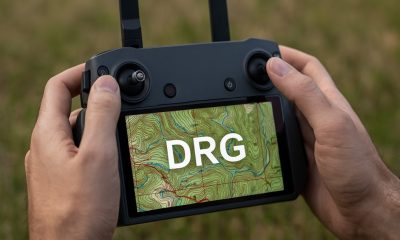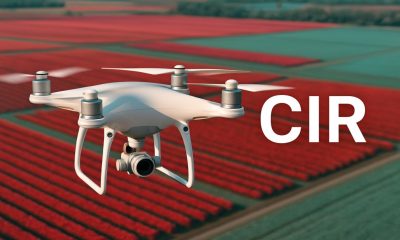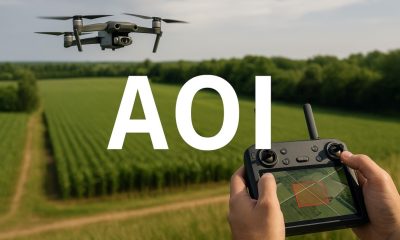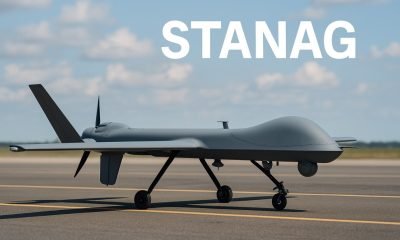German Drone Regulations
German Drone Operation Categories
Published
9 months agoon
Table Of Contents

German Drone Operation Categories – What Are They?
German Drone Operation Categories help distinguish between different types of drone flights based on the level of risk, purpose, and operational scope. These categories are essential for determining the specific rules and permissions required for safe and legal drone use in Germany. Whether flying recreationally, commercially, or conducting advanced operations like Beyond Visual Line of Sight (BVLOS), understanding the German Drone Operation Categories ensures that operators adhere to the regulations set by the Luftfahrt-Bundesamt (LBA) and local authorities.
Recreational vs. Commercial Drone Operations
Recreational Operations
Recreational drone operations are those conducted purely for personal enjoyment and without any commercial gain. While recreational operators have fewer requirements than commercial users, they are still subject to strict safety regulations. These include:
- Drone Registration: Recreational users must register drones that weigh more than 250 grams with the LBA.
- Visual Line of Sight (VLOS): Recreational drones must be flown within the operator’s direct line of sight.
- Altitude Restrictions: Recreational drones cannot be flown higher than 120 meters above ground level without special permission.
- No-Fly Zones: Recreational users must adhere to no-fly zones, such as near airports, over crowds, and in nature reserves.
Commercial Operations
Commercial drone operations involve the use of drones for profit-making activities, such as aerial photography, land surveying, infrastructure inspections, or deliveries. These operations require the operator to obtain a Remote Pilot License (RPL) and adhere to stricter regulations, given the potential risks involved in conducting business-related drone activities.
- Licensing and Certification: Commercial operators must obtain the appropriate certifications, which may include an RPL or a higher level of certification, depending on the complexity of the operations (e.g., BVLOS or night flying).
- Insurance: Commercial drone operators are required to have liability insurance to cover potential damages or injuries caused during their operations.
- Flight Approvals: Certain commercial operations, particularly those in restricted areas or at higher altitudes, require specific approval from the LBA.
Specific Use Categories
In addition to the basic distinction between recreational and commercial use, German drone regulations further categorize operations based on the level of risk associated with the flight. These categories align with EU regulations and help determine the permissions and safety measures needed.
- Open Category:
- Low-Risk Operations: The Open Category applies to low-risk operations, typically for drones weighing less than 25 kilograms. These flights must adhere to basic safety rules, such as keeping the drone within visual line of sight, flying below 120 meters, and avoiding restricted areas.
- Subcategories: The Open Category is further divided into three subcategories (A1, A2, and A3) based on the proximity to people:
- A1: For lightweight drones (less than 900 grams) flown over people, but not over crowds.
- A2: For drones weighing up to 2 kilograms, requiring operators to maintain a safe distance from people (minimum 30 meters).
- A3: For drones weighing up to 25 kilograms, flown far from people and residential areas.
- Specific Category:
- Medium-Risk Operations: The Specific Category applies to operations that present a higher level of risk, such as flights beyond visual line of sight (BVLOS) or flights near large groups of people. Operators in this category must conduct a risk assessment and obtain operational authorization from the LBA.
- Use Cases: Common use cases include drone deliveries, industrial inspections, and surveying large areas where line of sight cannot be maintained.
- Certified Category:
- High-Risk Operations: The Certified Category is reserved for the highest-risk operations, such as carrying passengers or flying heavy drones over densely populated areas. These operations require the highest level of certification and oversight, similar to manned aviation standards. This category is still in development as drone technology and regulatory frameworks evolve.
Summary
Understanding the German Drone Operation Categories is crucial for all drone operators, whether they fly for recreational, commercial, or advanced purposes. Each category defines specific regulations and requirements that must be followed to ensure legal and safe operations in compliance with both national and EU standards.
To Learn more about acronyms used in this article visit our Drones Acronym Page.











